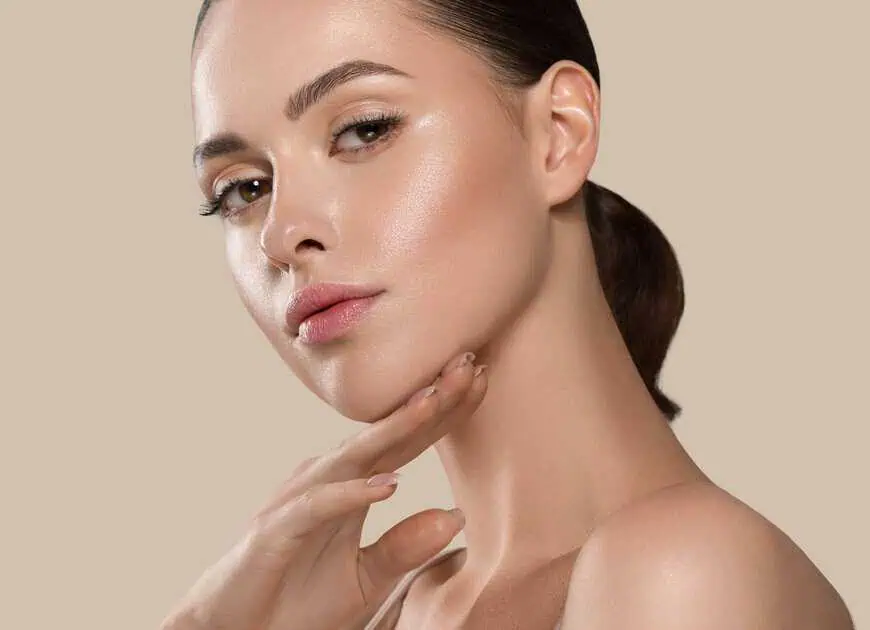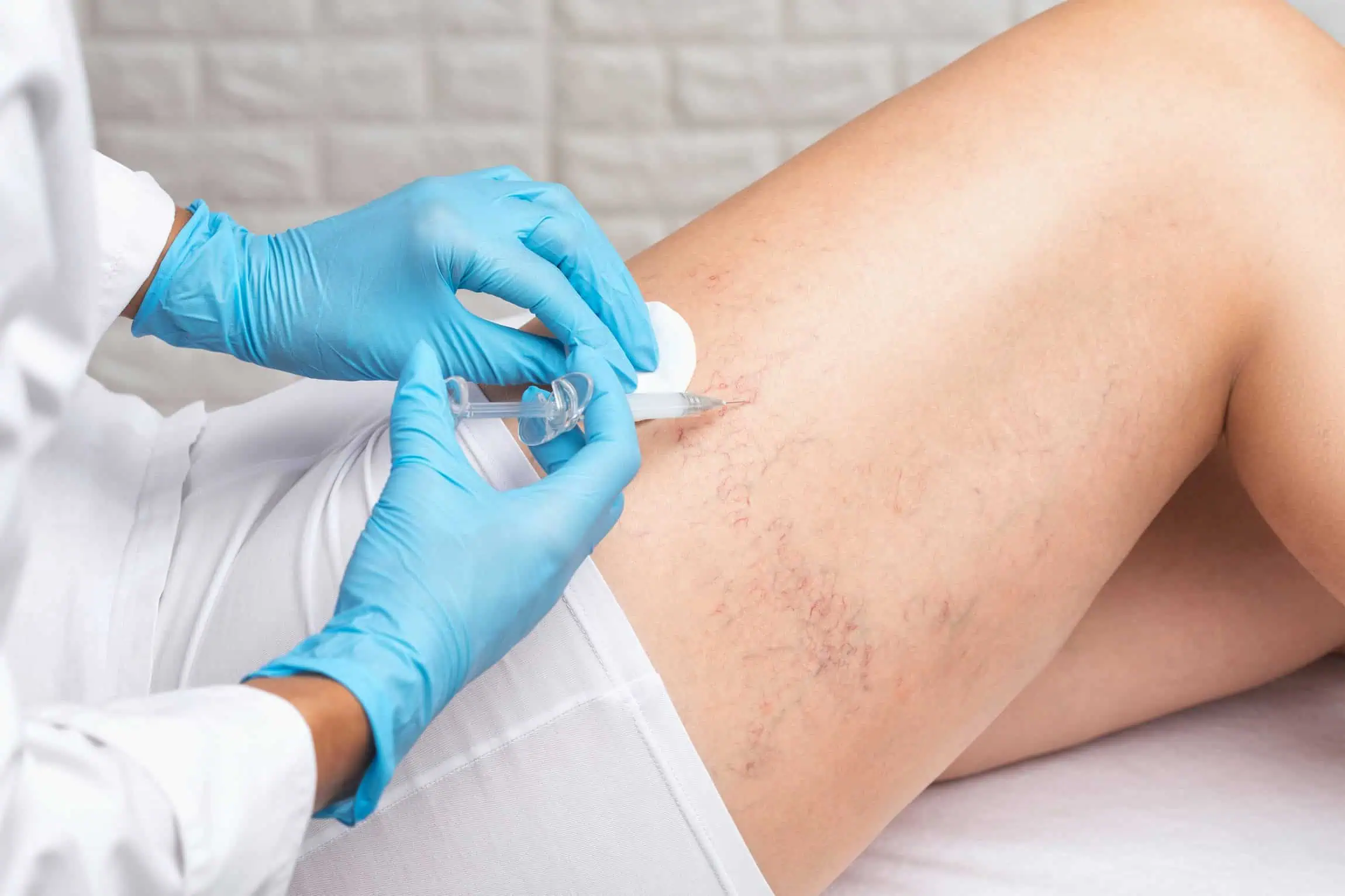

Varicose veins affect more than just aesthetics. These twisted, swollen veins can be uncomfortable and indicate underlying vascular problems. They frequently appear in the legs, especially following extended durations of sitting or standing. Varicose veins develop as a result of several circumstances. Although altering one’s lifestyle and using natural therapies can help with some symptoms, varicose veins cannot be completely cured. Thankfully, there are a number of efficient medical interventions available to treat this illness.
Varicose veins are swollen, twisted veins visible just under the skin, typically appearing in the legs. They are brought on by malfunctioning or broken vein valves, which expand the veins and create abnormal blood flow.
Appearance and Symptoms
Varicose veins are often blue or dark purple and can appear bulging or twisted. Common symptoms include:
Risk Factors
Several factors can increase the likelihood of developing varicose veins:
Diagnosis
Diagnosing varicose veins typically involves a physical examination where a healthcare professional checks for visible veins while you stand. They may also ask about symptoms and risk factors. An ultrasound may sometimes be used to see how blood flows through your veins.
Managing varicose veins can often start with simple lifestyle changes and home remedies. While these methods cannot eliminate existing varicose veins, they can significantly improve comfort and overall vein health.
Regular Exercise
Engaging in regular physical activity, especially low-impact exercises like walking or swimming, helps improve blood circulation in the legs. Exercise strengthens the calf muscles, which act as pumps to assist veins in moving blood back to the heart.
Weight Management
Keeping your weight in check eases the strain on your veins. Being overweight can put added strain on the veins in the legs, which can hinder blood flow.
Dietary Changes
Proper Footwear and Clothing
Leg Elevation
Taking breaks throughout the day to elevate your legs above heart level can improve circulation. You can do this by lying down and propping your legs up on pillows.
Changing Positions Frequently
Avoiding long periods of standing or sitting can help prevent blood from pooling in the legs. Regularly changing positions and moving around can encourage better blood flow.
Compression Stockings
Wearing compression stockings provides gentle pressure on the legs, helping veins and leg muscles move blood more efficiently. Different compression levels are available, from over-the-counter support to prescription-strength options that may require fitting by a healthcare professional.
These lifestyle and home remedies can effectively manage the symptoms of varicose veins and improve overall vein health. However, they are best used in conjunction with medical treatments for more severe cases.
Medical treatments for varicose veins aim to reduce symptoms, prevent complications, and improve the appearance of affected veins. Here are some of the most common and effective medical treatments available:
Sclerotherapy
Sclerotherapy is one of the most widely used treatments for varicose veins and spider veins. A healthcare professional injects a sclerosant solution directly into the affected veins during this procedure. Because of the irritation caused by this solution, the vein walls stick to one another and finally collapse. The collapsed vein is then absorbed by the body over time, resulting in the disappearance of the varicose vein.
Gmax Laser Treatment
Gmax laser treatment utilizes high-energy light pulses to target and diminish varicose veins. The laser energy causes the vein to heat up and collapse, similar to the mechanism in sclerotherapy. Spider veins and smaller varicose veins respond best to this treatment.
Combining Sclerotherapy and Gmax Laser Treatment
Patients can achieve a more comprehensive reduction in varicose veins by using both treatments together. The combined approach allows for targeted treatment of different sizes and types of veins, maximizing the overall effectiveness and improving cosmetic outcomes.
Are you sick of putting up with the pain and unattractive look of varicose veins? Premier Derm Center provides cutting-edge procedures like Gmax Laser Treatment and Sclerotherapy to target and reduce varicose veins efficiently. Our team gives you individualized care so you can have legs that are more comfortable and healthy.
Varicose veins shouldn’t limit you any longer. Contact Premier Derm Center right now to arrange an assessment and learn which treatments would be most beneficial for you. With our cutting-edge vein treatments, take the first step toward smoother, pain-free legs.